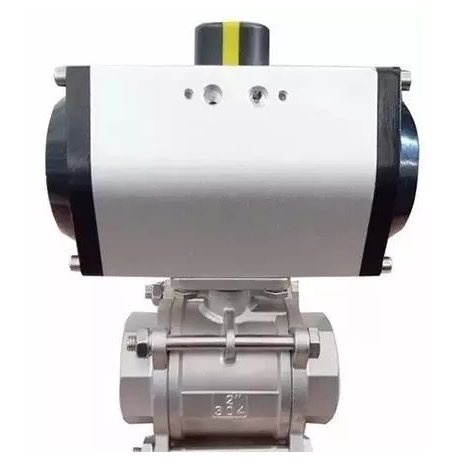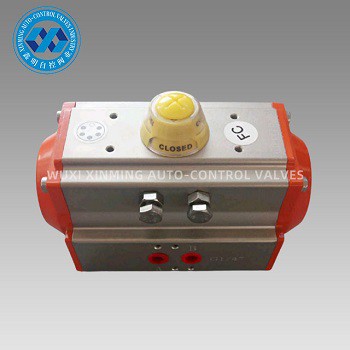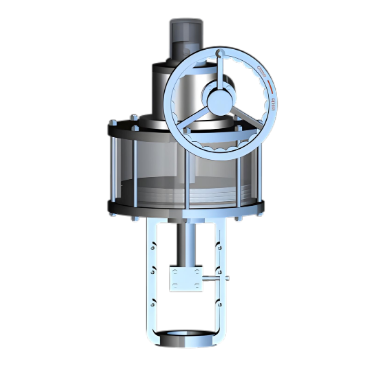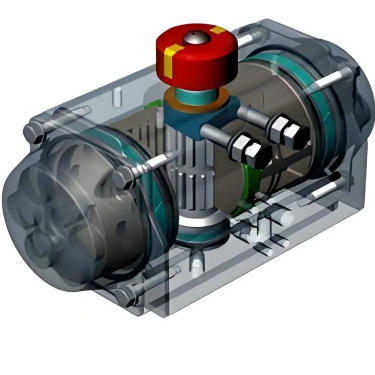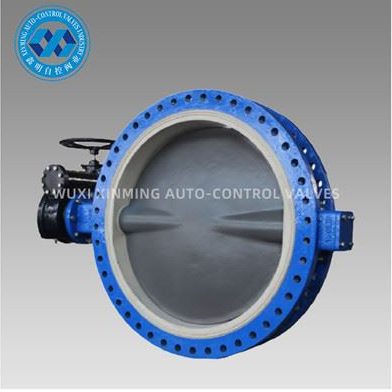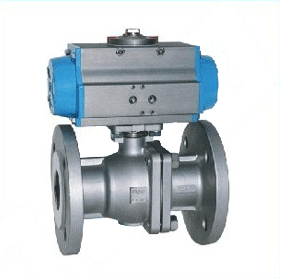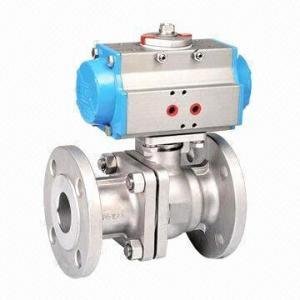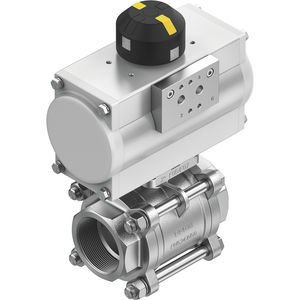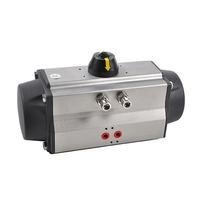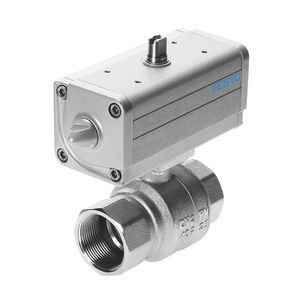Three - position pneumatic actuators
equipped with position feedback sensors offer enhanced functionality and
control in various applications. Here's an overview:
How Position Feedback Sensors Work
Position feedback sensors in these
actuators use technologies like magnetic or optical sensing to detect the
position of the actuator's moving parts. For example, a magnetic sensor can
detect the position of a magnet attached to the actuator's piston. This information
is then converted into an electrical signal that can be sent to a control
system.
Advantages of Using Position Feedback
Sensors
Precise Positioning: They enable accurate
control of the actuator's position, allowing for repeatable and precise
movements. This is crucial in applications where high precision is required,
such as in automated manufacturing processes.
Improved System Monitoring: The feedback
from the sensors provides real - time information about the actuator's status.
This allows operators to monitor the actuator's performance and detect any
potential issues early, reducing the risk of equipment failure.
Enhanced Safety: By ensuring that the
actuator is in the correct position, position feedback sensors contribute to
overall system safety. For example, in a robotic arm application, the sensors
can prevent the arm from moving into a dangerous position.
Applications
These actuators are widely used in
industries such as automotive manufacturing, where precise control of robotic
arms is necessary for tasks like welding and assembly. They are also used in
the packaging industry for accurate positioning of materials during the
packaging process.
If you want to learn more about low-priced products, please visit the following website: www.xm-valveactuator.com


